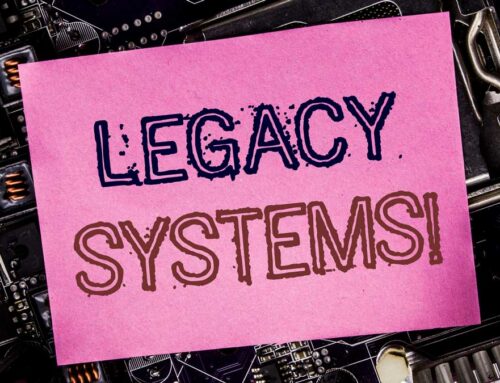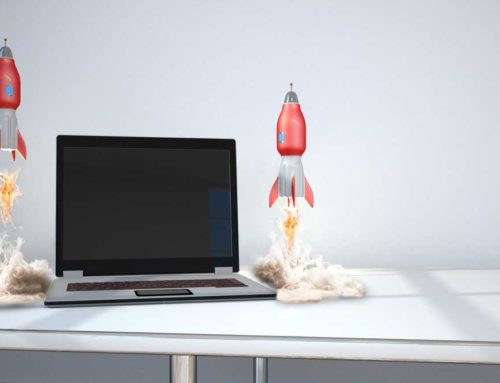
Oracle Forms allowed developers to create data entry forms with fields that easily map to the database. Oracle Reports were also pretty straightforward with reports based on SQL select statements like most reporting systems. At the time they were released in the late ’80s, the formatting was pretty limited since they were running on screens with a black background and green font.
When initially launched, the systems were installed on each individual computer. It took time and effort to complete each install, and if someone got a new device, it had to be installed again. All of the heavy lifting was done by the individual computer, and the applications took up a significant amount of memory.
Over time, Oracle realized that things were changing and the applications needed to be web-based. They made that switch in the mid-to-late ’90s. Organizations no longer had to install the system on each computer, but rather simply accessed it by clicking on a link. The computer would bring up a Java application while using it, and once finished, the computer would let go of all those resources.
Despite some improvements over time, Oracle Forms and Reports are technically considered legacy applications at this point. Oracle has clearly stated that the current version of Reports is the terminal version, which means they will no longer invest in improvements to the system. While Oracle Forms hasn’t been designated a terminal version, there are better alternatives available today.
If building a new system, we would recommend choosing different tools to accomplish both forms and reports. But what about those companies that have a significant investment in those systems currently?
For some companies, it makes sense to switch to an entirely new system and migrate all of the data. Others may not be willing or able to take on such a transition. We had one client who had built an in-house ERP (enterprise resource planning) package over the course of about 15 years using Oracle Forms and Reports. They had hundreds of menu objects, about 1,200 forms that totaled nearly 5,000 pages, and 130 reports. The cost to fully convert was close to $1 million, and they couldn’t afford it, so we continue to support their existing systems.
As older employees retire, many companies are finding themselves without the internal knowledge to support complex systems built with Oracle Forms or Reports. It can be challenging to find an IT company that can support legacy Oracle systems, but it’s one of the many services we offer. If you are using Oracle Forms or Reports and need support to keep your systems fully functioning, contact us today for more information.
No tags for this post.





Leave A Comment